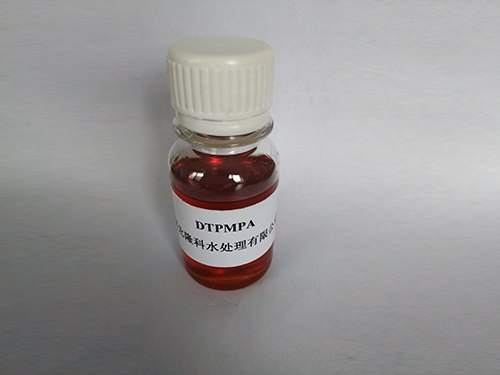Synthesis and Applications of Ethylene Diamine Tetra Methylene Phosphonic Acid Variants
Ethylene Diamine Tetra Methylene Phosphonic Acid A Multifaceted Compound in Modern Chemistry
Ethylene diamine tetra methylene phosphonic acid (EDTMPA) is a highly significant compound in the field of chemistry, particularly due to its unique structure and versatile applications. A member of the phosphonic acid family, EDTMPA is widely recognized for its chelating properties, enabling it to bind with metal ions in various solutions. This article explores its chemical structure, synthesis, and diverse applications across various industries.
Chemical Structure and Properties
EDTMPA is characterized by its complex molecular structure, which includes two ethylene diamine units and four methylene phosphonic acid groups. This configuration grants the compound exceptional affinity for various metal ions, such as calcium, magnesium, and iron, making it an effective chelating agent. Its capacity to form stable complexes with these ions is beneficial in numerous scenarios, including water treatment processes and agricultural applications.
The phosphonic acid groups present in EDTMPA play a crucial role in its reactivity and stability. The acidity of these groups contributes to the compound's solubility in water, allowing it to be easily utilized in aqueous environments. Furthermore, the chelating abilities of EDTMPA are enhanced by its ability to coordinate through multiple sites, offering a multi-dentate coordination that is often more effective than monodentate ligands.
Synthesis of EDTMPA
The synthesis of EDTMPA typically involves several steps, beginning with the reaction of ethylene diamine with phosphorous acids or their derivatives. A common synthetic route includes the Mannich reaction, where aldehydes are utilized to link the amine and phosphonic acid moieties. The process usually requires careful control of pH and temperature to facilitate the efficient formation of the desired product while minimizing by-products.
Once synthesized, EDTMPA is purified through crystallization or chromatographic techniques. The final product is often in the form of a white crystalline powder, suitable for various applications. The purity and quality of EDTMPA are essential, as impurities can significantly affect its performance in specific applications.
ethylene diamine tetra methylene phosphonic acid

Applications in Various Industries
1. Water Treatment One of the primary applications of EDTMPA is in water treatment processes. The compound acts as a sequestrant, effectively binding to divalent metal ions that may cause scaling in pipes, boilers, and cooling systems. By preventing scale formation, EDTMPA not only extends the life of equipment but also improves operational efficiency.
2. Agriculture In agriculture, EDTMPA is employed to enhance nutrient availability in fertilizers. By chelating essential micronutrients like iron and zinc, EDTMPA allows for improved plant uptake, ultimately leading to better crop yield. Furthermore, its ability to mitigate metal toxicity in soils adds to its value in sustainable agricultural practices.
3. Petrochemical Industry EDTMPA finds application in the petrochemical industry as well, where it acts as an effective corrosion inhibitor. In environments where metal corrosion poses a significant risk, the compound’s ability to chelate metal ions helps protect equipment and maintain integrity during operations.
4. Medical Applications Researchers are exploring the potential of EDTMPA in medical applications, particularly in drug delivery systems. Its chelating properties may facilitate the transport of metal-based therapeutics, improving their efficacy in treating various medical conditions, including cancers where metal ion interactions are critical.
Conclusion
Ethylene diamine tetra methylene phosphonic acid embodies a compound of considerable importance across multiple fields. Its unique ability to chelate metal ions makes it indispensable in water treatment, agriculture, petrochemical applications, and even potential healthcare solutions. As research continues and industries evolve, EDTMPA is poised to play an increasingly vital role in addressing contemporary challenges, emphasizing the importance of understanding and harnessing such multifaceted chemical compounds.
-
lk-319-special-scale-and-corrosion-inhibitor-for-steel-plants-advanced-solutions-for-industrial-water-systemsNewsAug.22,2025
-
flocculant-water-treatment-essential-chemical-solutions-for-purification-processesNewsAug.22,2025
-
isothiazolinones-versatile-microbial-control-agents-for-industrial-and-consumer-applicationsNewsAug.22,2025
-
scale-inhibitor-key-solutions-for-water-system-scale-preventionNewsAug.22,2025
-
organophosphonates-versatile-scale-inhibitors-for-industrial-water-systemsNewsAug.22,2025
-
scale-and-corrosion-inhibitor-essential-chemical-solutions-for-water-system-maintenanceNewsAug.22,2025





